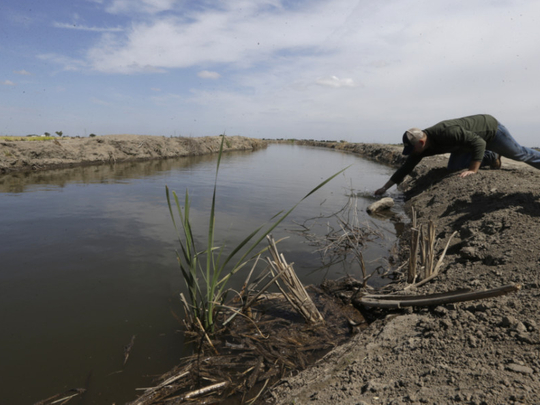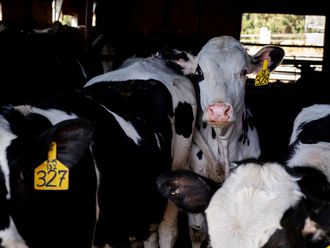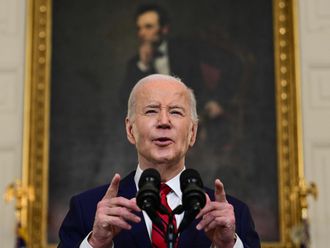
Los Angeles: Ever since the Gold Rush, California farmers have staked their claim to water and ferociously protected the rights to use it to irrigate the crops that have made the state the grocer for the nation.
But on Friday, in a sign of how the record-setting drought is shaking up established ways here, state officials accepted an offer from farmers in the Sacramento-San Joaquin River Delta to give up a quarter of their water this season, by leaving part of their land unplanted or finding other ways to reduce their water use.
The deal is an important concession from growers that officials hope will prompt similar agreements throughout the state’s agricultural industry, which uses 80 per cent of the water consumed in the state in a normal year.
“We’re in an unprecedented drought, and we have to exercise the state’s water rights in an unprecedented way,” said Felicia Marcus, chairwoman of the state Water Resources Control Board. “This is a breakthrough in what has long been a rhetorical battle. It’s a significant turning point to have people say, ‘We know this is complicated. We want to do something early in good faith that is a pragmatic solution for everyone.’”
In the weeks since Governor Jerry Brown announced across-the-board cutbacks for urban water systems, the state’s farmers have become something of a scapegoat. Residents who are timing their showers and letting their lawns turn brown have angrily accused the agricultural industry of not doing enough to curb its own use of water, although many growers have faced dramatic cuts for the last two years.
Farmers up and down the state feel besieged, and they have fought back with public relations campaigns to emphasise their conservation efforts and explain how their produce feeds much of the country.
While the deal made on Friday is unlikely to have a dramatic effect on food prices or the water supply, the concession by the farmers was a pre-emptive effort to limit potentially steeper cuts.
Inevitable
The state has not moved to restrict water use for the growers with the oldest, most established water rights since the 1970s, but it seems inevitable that those growers will be limited this year. For many farmers, a fear that the worst is yet to come convinced them that they would be better off giving up water before they began planting for the season.
“There is a threat that the state might try the unthinkable and tell us that we cannot use any of the water,” said Dennis Gardemeyer, a Delta farmer who helped spur the deal. “I and almost everyone in the Delta think that will result in all manner of lawsuits and they will not prevail, but there’s always that threat.”
Gardemeyer, who owns land that has been used for farming in the central part of the Delta for roughly a century, said he began thinking about making the state an offer late last year, after hearing repeated talk of draconian cuts.
“You have people in the state who haven’t a clue of what it’s really like in the Delta — we’re not the ogres we’ve been portrayed to be,” he said, citing water conservation efforts the region has long used. “We need to start to educate people and make everyone understand we’re doing everything we can to provide water for the rest of the state that’s in dire need.”
Gardemeyer said he expected many of the Delta’s roughly 4,000 farmers to sign on to the proposal, largely by not growing crops that use a lot of water but do not rely on heavy manpower, such as corn, in order to limit the impact on the local economy.
The Delta farmers represent about five per cent of the state’s growers, making it unlikely that the deal will significantly impact the overall water system, said Jonas Minton, former deputy director of the California Department of Water Resources who is now a private water policy adviser.
“The question is really whether other elements of agriculture, in particular the large corporate farms, will follow suit,” Minton said. “If agriculture as a whole came anywhere close to matching the kinds of urban cuts that have been implemented we would have sufficient water for this year and next.”
The proposal grew out of discussions between state water officials and the farmers’ lawyers. Under the plan, the 4,000 or so farmers in the area will have until June 1 to opt-in to the programme. They would have to show plans to either fallow 25 per cent of their land or present another way of cutting their water use by 25 per cent. The region is primarily used for row crops, including tomatoes, alfalfa and asparagus, which are easier than nuts and other tree crops to leave fallow and replant when there is more water available.
The programme would not apply to farmers in the heart of the Central Valley south of Fresno, where the drought has had the most dramatic impact. Thousands of growers there who are entitled to so-called junior water rights have not received water pumped from the river for the past two years.












